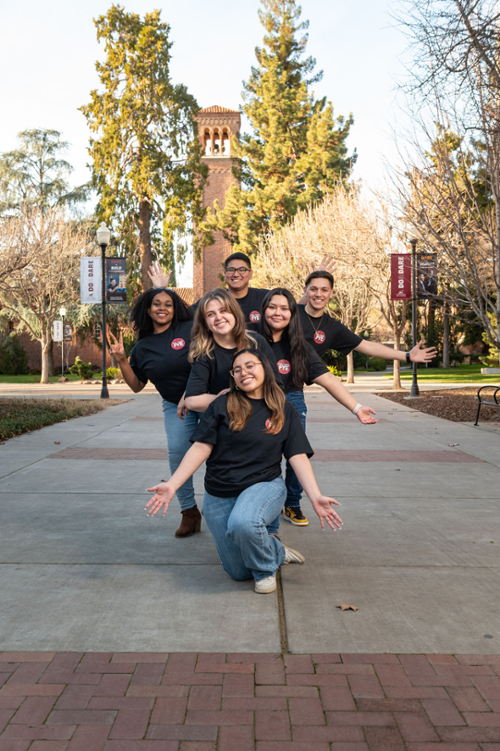The Office of Student Rights and Responsibilities provides Restorative Justice as a resolution for students going through the Student Conduct Process to address any harms, in addition to the existing student conduct adjudication process. The term "Restorative Justice" (RJ) in the context of Student Rights and Responsibilities (SRR) refers to a set of principles and practices that prioritize repairing harm and reconciling interpersonal relationships.
We encourage all students to explore this page and to familiarize themselves with the principles of restorative justice. By doing so, we can work together to create a safer and more inclusive campus community where all students can thrive.

